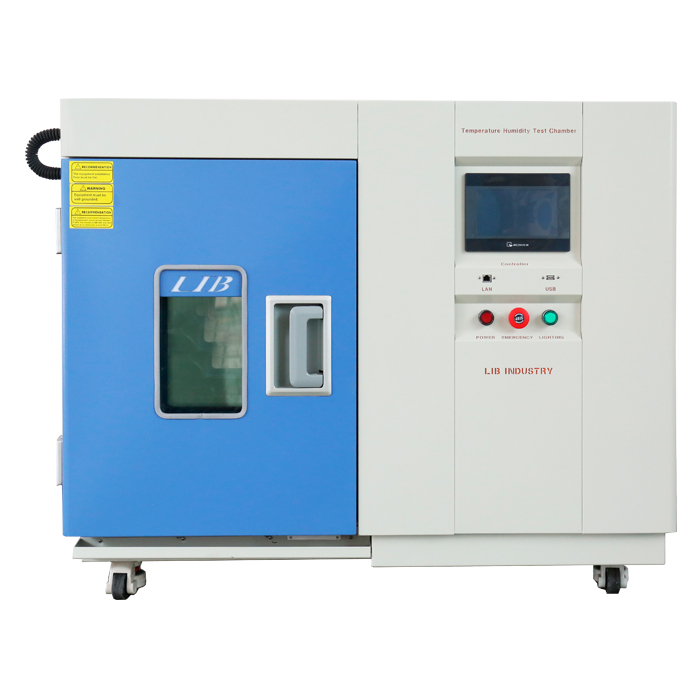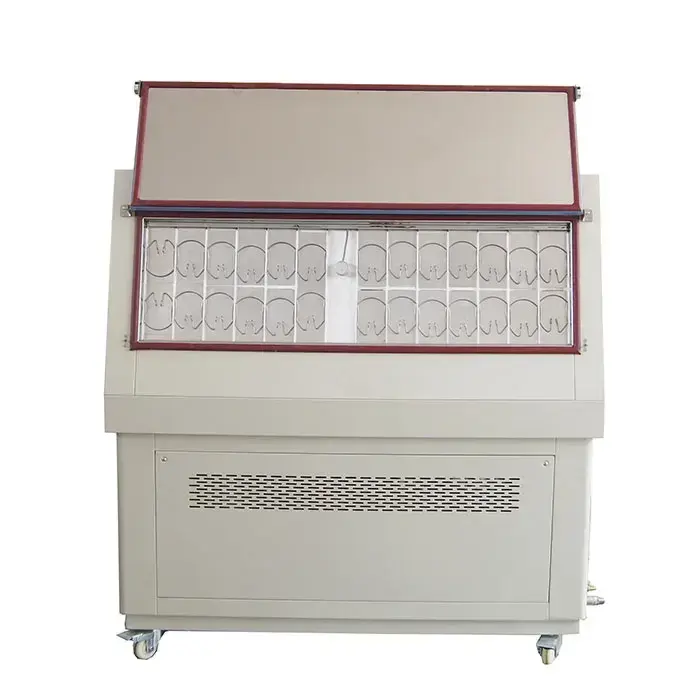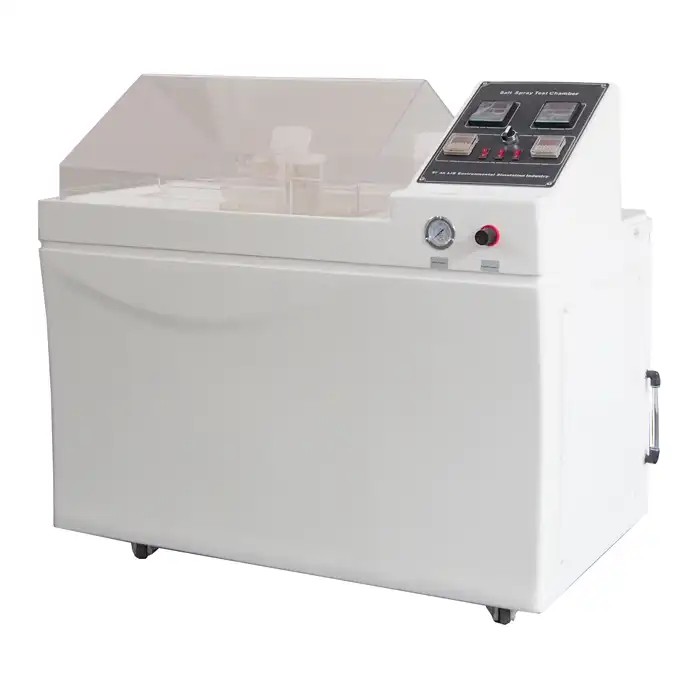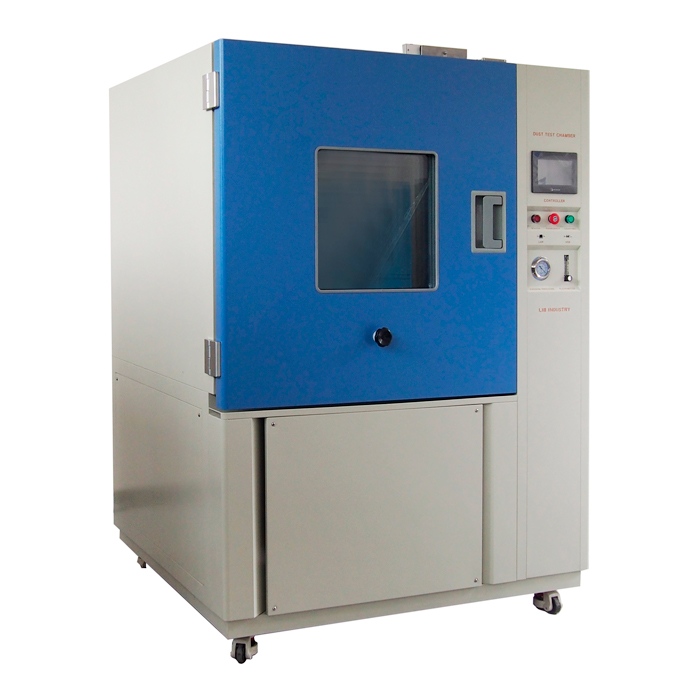What is the ASTM standard for UV resistance test?
Understanding the durability of materials under ultraviolet (UV) radiation is essential for many industries. UV resistance testing, guided by ASTM standards, evaluates how well products withstand UV exposure. This blog explores the importance of UV resistance testing, key ASTM standards like G154, G155, and D4329, and the process involved. By using a UV resistance test chamber, manufacturers can ensure product durability, compliance with standards, and boost consumer confidence. UV resistance testing plays a critical role in material performance and quality assurance.
What is UV Resistance Testing?
UV resistance testing is a method used to evaluate how materials withstand exposure to ultraviolet radiation. This type of testing is essential for products exposed to sunlight or artificial UV light, such as coatings, plastics, textiles, and other materials. By simulating prolonged UV exposure in a controlled environment, manufacturers can predict the material's lifespan and performance.
A UV resistance test chamber is the equipment used in these tests. These chambers replicate the effects of sunlight, moisture, and temperature changes, providing a comprehensive understanding of how materials degrade over time. By using a UV resistance test chamber, manufacturers can improve their products, ensuring they meet the required standards for quality and durability.
What Are the Key ASTM Standards for UV Resistance Testing?
ASTM has developed several standards to guide UV test chamber manufacturers in producing UV test chambers to ensure consistent and reliable results. Here are some of the most relevant standards:
ASTM G154
ASTM G154 is a standard practice that utilizes fluorescent UV lamps to replicate the damaging effects of sunlight on materials. It specifies precise parameters such as the type of UV lamp, exposure cycles, and the procedural steps for evaluating how materials degrade under UV radiation. Manufacturers often rely on ASTM G154 to simulate long-term outdoor exposure conditions in a controlled environment, ensuring that products can withstand harsh sunlight without compromising performance or durability.
ASTM G155
ASTM G155 involves the use of xenon arc light sources to simulate full-spectrum sunlight, including UV, visible light, and infrared radiation. This standard is particularly valuable for testing materials intended for outdoor environments where they will be exposed to diverse weather conditions. By subjecting materials to ASTM G155 testing, manufacturers can accurately assess their ability to resist fading, cracking, and other forms of degradation caused by prolonged sunlight exposure.
ASTM D4329
ASTM D4329 focuses specifically on testing plastics under UV light and condensation conditions. It outlines the parameters for exposure to UV radiation combined with moisture, mimicking the effects of outdoor weathering. This standard provides detailed instructions on testing methods, exposure durations, and evaluation criteria to ensure consistent and reliable assessment of plastic materials' UV resistance. Manufacturers use ASTM D4329 to predict the long-term performance and lifespan of plastics exposed to outdoor environments.
Each of these standards plays a vital role in ensuring that products are tested accurately and consistently, providing reliable data for manufacturers to improve their products.
Why is UV Resistance Testing Important?
Enhancing Product Durability
One of the primary benefits of UV resistance test chamber is that it helps manufacturers enhance the durability of their products. By understanding how materials react to UV exposure, manufacturers can make informed decisions about material selection, product design, and protective coatings. This leads to products that last longer and perform better, even when exposed to harsh environmental conditions.
For example, outdoor furniture, automotive parts, and construction materials all benefit from UV resistance testing. By using a UV resistance test chamber, manufacturers can identify potential weaknesses in their products and make necessary improvements before they reach the market.
Ensuring Compliance with Standards
Compliance with ASTM standards is crucial for manufacturers, as it ensures that their products meet industry benchmarks for quality and safety. By adhering to these standards, manufacturers can avoid costly recalls, reduce the risk of product failure, and enhance their reputation for reliability.
UV resistance testing is particularly important for products used in critical applications, such as aerospace, automotive, and construction industries. In these sectors, even minor material failures can have serious consequences. Therefore, rigorous testing in a UV resistance test chamber is essential to ensure that products meet the required standards and perform as expected in real-world conditions.
Boosting Consumer Confidence
Consumers today are more informed and demanding than ever. They expect high-quality, durable products that offer good value for money. By investing in UV resistance testing, manufacturers can demonstrate their commitment to quality and durability, boosting consumer confidence in their products.
When consumers know that a product has been tested and meets ASTM standards, they are more likely to trust that it will perform as advertised. This can lead to increased sales, customer loyalty, and a stronger brand reputation.
How to Conduct UV Resistance Testing?
Setting Up the UV Resistance Test Chamber
Conducting UV resistance testing involves several steps, starting with setting up the UV resistance test chamber. This chamber must be calibrated according to the specific ASTM standard being used. For example, if testing according to ASTM G154, the chamber must be equipped with the appropriate fluorescent UV lamps and configured to the specified exposure cycles.
It's essential to follow the standard's guidelines precisely to ensure accurate and reliable results. This includes setting the correct temperature, humidity levels, and exposure times.
Conducting the Test
Once the chamber is set up, the material samples are placed inside and exposed to the simulated UV radiation for a specified period. This period can vary depending on the material being tested and the desired level of exposure. During the test, it's important to monitor the samples regularly, recording any changes in appearance, texture, or performance.
Analyzing the Results
After the exposure period, the samples are removed from the UV resistance test chamber and analyzed. This analysis typically involves comparing the exposed samples to unexposed control samples, looking for signs of degradation such as color changes, cracking, or loss of mechanical properties.
The results are then evaluated against the criteria specified in the relevant ASTM standard. If the samples meet the criteria, the material is considered to have good UV resistance. If not, further testing and improvements may be necessary.
Conclusion
UV resistance testing is a critical process for ensuring the durability and quality of materials exposed to UV radiation. By adhering to ASTM standards and using a UV resistance test chamber, manufacturers can enhance their products, ensure compliance with industry benchmarks, and boost consumer confidence.
For more information about UV Resistance Test Chambers or to discuss your specific testing needs, please contact us at info@libtestchamber.com.
References
1. ASTM International. (n.d.). ASTM G154-16: Standard Practice for Operating Fluorescent Ultraviolet (UV) Lamp Apparatus for Exposure of Nonmetallic Materials.
2. ASTM International. (n.d.). ASTM G155-13: Standard Practice for Operating Xenon Arc Light Apparatus for Exposure of Non-Metallic Materials.
3. ASTM International. (n.d.). ASTM D4329-13: Standard Practice for Fluorescent Ultraviolet (UV) Lamp Apparatus Exposure of Plastics.
4. Q-Lab Corporation. (n.d.). Understanding the Basics of ASTM G154.
5. Atlas Material Testing Technology. (n.d.). UV Testing: ASTM G154 & G155 Explained.
6. Durability + Design Staff. (2013). The Importance of UV Testing in Coatings Performance.
7. BASF. (n.d.). Light Stabilizers for Plastics.
8. Plastics Technology. (2016). Understanding UV Degradation of Plastics.
9. Industrial Heating. (2018). The Role of UV Testing in Material Performance.
10. National Institute of Standards and Technology (NIST). (2017). UV Radiation Effects on Materials.




.jpg)






